The Most Precious of Cargoes, the latest film by Michel Hazanavicius, which was selected to compete for the Palme d’Or at the Cannes Film Festival 2024, has arrived in cinemas, becoming the first animated feature film to be screened in the Official Selection since Ari Folman‘s Waltz with Bashir in 2008. It also participated as the opening film at the Annecy International Animation Film Festival and competed in the Official Selection of the last SEMINCI and at the BCN Film Fest. It also received the Special Jury Prize at the Mar de Plata Festival and was nominated for Best Film.
In France, The Most Precious of Cargoes received three César nominations from the French Academy. After winning Best Director in 2012, Hazanavicius is competing this year for Best Adapted Screenplay, Best Original Score and Best Animated Film. Hazanavicius’ film tells the story set during World War II, in which a Jewish family is deported to Auschwitz. On the train to the concentration camp, in a desperate gesture, the father throws one of his daughters into the snow, where she is rescued by a humble couple of lumberjacks. By adopting “the most precious commodity”, their lives and the lives of those around them are changed forever.
The director of The Artist (2011), who has explored various genres in his filmography, was reluctant in the past to bring the Holocaust to the cinema, but decided to adapt the book by Jean-Claude Grumberg —a friend of his parents since adolescence— as he considered it a gift, since It’s a deep, powerful, humanist story, and at the same time it’s subtle and modest and when I discovered it, before it was even published, for me, it was a classic. What was undoubtedly the most diffi cult for me, as a fi lm director, was fi nding a story that was worth the trip. You can always fi nd good scenes, good actors, good situations, and good movie moments, but when you fi nd a really great story you can’t pass it up.
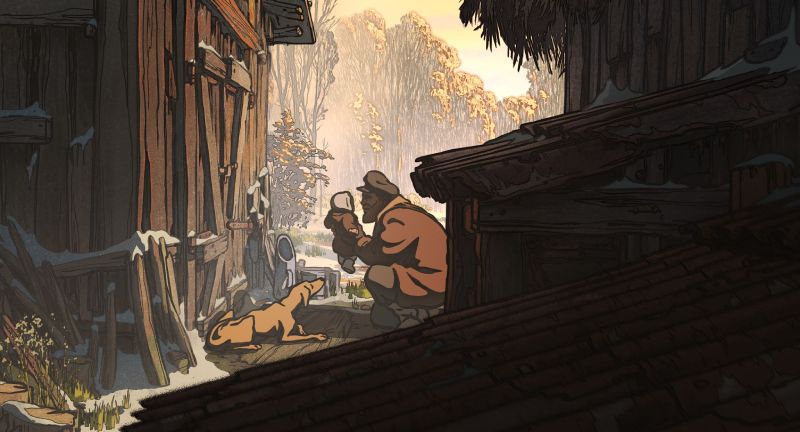
The choice of animation as a vehicle for the story has to do, in the case of The Most Precious of Cargoes, with the desire to stylise, to avoid an excessively sombre approach. This is revealed by Hazanavicius: Animation is ultra-fiction, whereas real-life shots tend to make people think you are portraying reality. In an animated fi lm, nothing is real and that is visible and assumed. There is already distance that is imposed by the format. As regards Auschwitz, the question of fiction isn’t innocent. It is actually at the core of what is being told. With the demise of the last survivors, fiction will take over to tell the story of that period. The animation genre allowed the director not to have to choose between showing the horror in a historian’s and witness’s own reliable version, thereby producing a work that is unwatchable or likely to be considered obscene, and, on the other hand, in the case of not narrating it, to find himself denying history. The whole question is one of suggestion. And for that, animation, drawing, for me, in any case, was the most suited form to take over from documentaries…
Hazanavicius shot The Most Precious of Cargoes without a co-director specialising in animation. It was his first experience and, as he confessed, he had not anticipated the enormous technical difference compared to a film with real images. As a result, he had to learn as he went along, through trial and error. I drew all the characters. I did the supporting roles, the extras, everyone. But to start with, I did sketches that couldn’t be animated. Because that’s not my profession. My drawing style is very traditional, which wasn’t something easy for the team to deal with.
As for his references, the director stated that they were mostly subliminal, especially the visit he made at the beginning of the project to Auschwitz with Bérénice Bejo made him relive the landscape encountered by the deportees, so that impact provoked his choices in terms of sound and visual approach to nature, especially the languor he brought to the film. As regards Chaplin, with all due reserve, I thought of him briefl y with respect to one scene. The scene of the reunion between the father and his daughter in the Polish village. That scene took me an incredible amount of time.
The film features the invaluable contribution of Jean-Luc Trintignant as narrator, as well as Dominique Blanc, Grégory Gadebois and Denis Podalydès in different roles. The original score is by double Oscar-winner Alexandre Desplat, who, according to Hazanavicius, ought to address the film from the inside, not to impose his style or signature on it. Of course, it’s Desplat, but he actually based it on the film. It’s impressive to watch him work. He’s extremely sensitive, incredibly intelligent and a great listener.
The Most Precious of Cargoes opens in cinemas on 11 July.

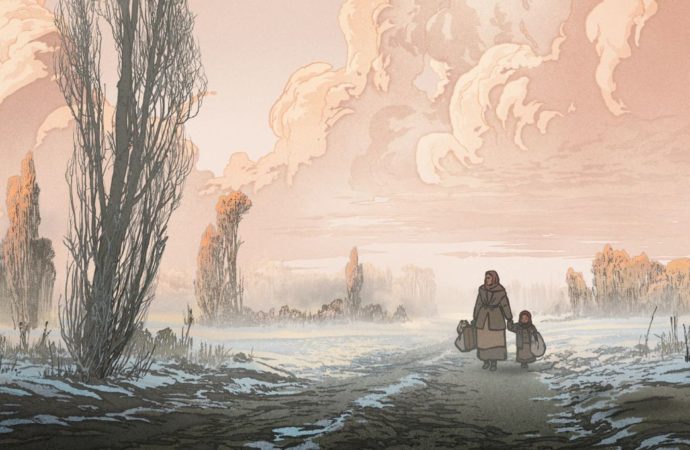
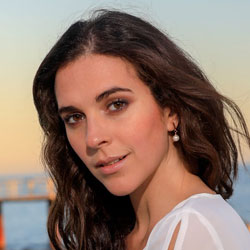
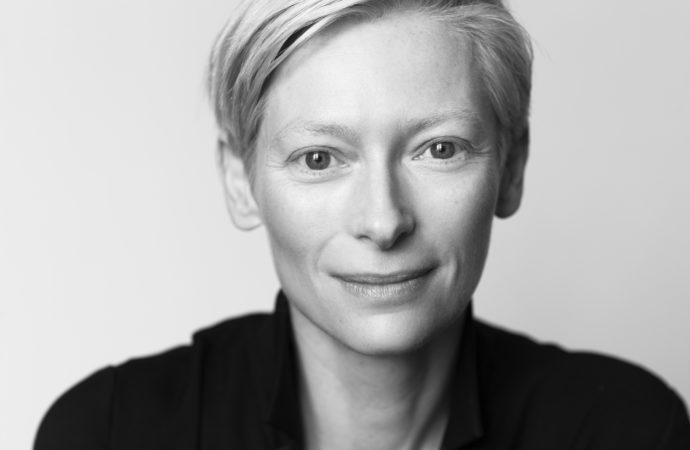


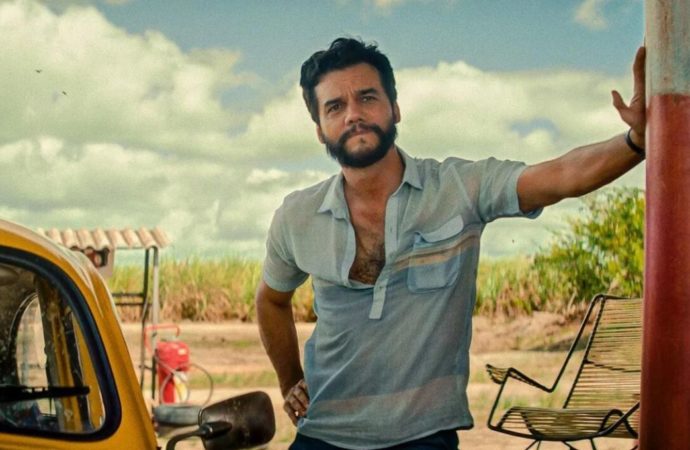
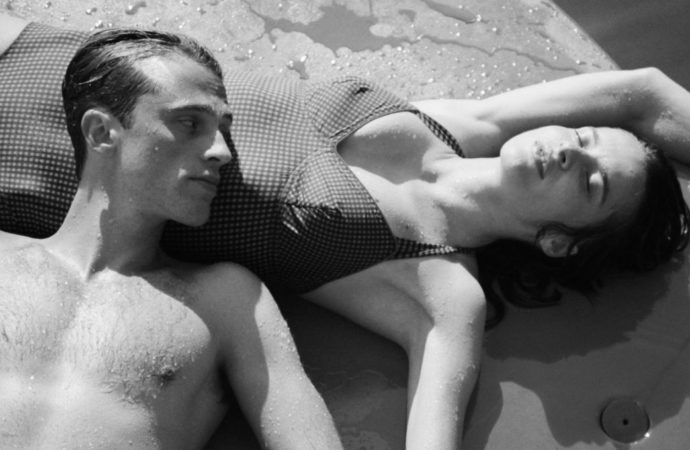
No one has posted any comments yet. Be the first person!